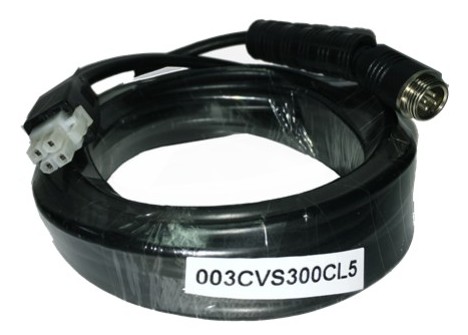
These mice develop a slowly progressing demyelinating neuropathy, with enlarged periaxonal collars, abnormal noncompacted myelin domains, and axonal sprouts ( 86). It has been proposed that GJB1 mutations lead to axonal loss rather than demyelination ( 84).Ĭx32-deficient mice mimic the human CMT1X phenotype ( 85). These data suggest that the neuropathy phenotype is caused by loss of function mechanism. The recent comprehensive evaluation of 73 male patients with CMT1X and 28 GJB1 mutations revealed that most mutations render a clinical phenotype similar to that observed in patients with a whole gene deletion. The nature of the neuropathy in CMTX, whether primarily axonal, demyelinating, or a mixed neuropathy, has been debated ( 80– 83). Mutations in Cx32 account for nearly 10% of all CMT cases and are the most frequent cause of CMT after PMP22 duplication. These mutations occur throughout the entire Cx32 protein and, unlike the PMP22 and P 0 mutations, are not concentrated in transmembrane or extracellular domains. More than 300 different mutations have been described ( ). Cx32 is expressed in myelinating Schwann cells and is localized to noncompact myelin in the paranode and Schmitt–Lanterman incisures consistent with its role in providing a radial diffusion pathway between the adaxonal and perinuclear cytoplasm of the Schwann cell ( 78, 79). A connexon (hemichannel) consists of six connexin subunits and two connexons, each from one of the two apposing membranes, which form a functional channel that allows rapid transport of ions and small molecules ( 77). It consists of two exons and encodes a gap junction protein containing four transmembrane domains. The connexin 32 ( Cx32) (Gap junction B1 GJB1) gene maps to Xq13.1. Lupski, in Emery and Rimoin's Principles and Practice of Medical Genetics, 2013 126.6.2.1 Connexin 32 Transmission of essential signals, relayed by second messengers, from axon to Schwann cell nucleus or vice versa is postulated to occur through the intracellular channels formed by Cx32. Schwann cells and axons are engaged in continuous reciprocal interactions that are essential for the proper functioning of both cell types. A radial pathway through the Schwann cell could reduce the diffusion distance by up to 1000-fold. In a myelin sheath that is 4 μm thick, the unrolled membrane may be as long as 4 mm. 83 These are channels that cross the myelin sheath, creating a radial diffusion pathway within the Schwann cell between the adaxonal and perinuclear cytoplasm. 13, 16, 104 This localization of Cx32 within individual Schwann cells rules out the formation of conventional cell-cell channels and suggests that Cx32 may be a component of reflexive intracellular gap junctions. In Schwann cells it is regulated in parallel with other myelin genes and is localized in uncompacted regions of the myelin sheath, such as paranodal loops and Schmidt-Lanterman incisures. Communication is also important for the propagation of signals among electrically excitable cells.Ĭonnexin 32 is highly expressed in many cells, including hepatocytes, exocrine pancreatic cells, and myelinating Schwann cells. Communication between cells is important for the regulation of cell proliferation and differentiation, both during tissue development and in carcinogenesis.

These channels allow the exchange of small molecules such as ions, second messengers, and metabolites. Gap junctions consist of complexes of connexin proteins that form intercellular channels. ANDREA ROBERTSON, CLARE HUXLEY, in Peripheral Neuropathy (Fourth Edition), 2005 Cx32: A Gap Junction ProteinĬonnexin 32 is a member of a large gene family that encodes subunit proteins of gap junctions.


 0 kommentar(er)
0 kommentar(er)
